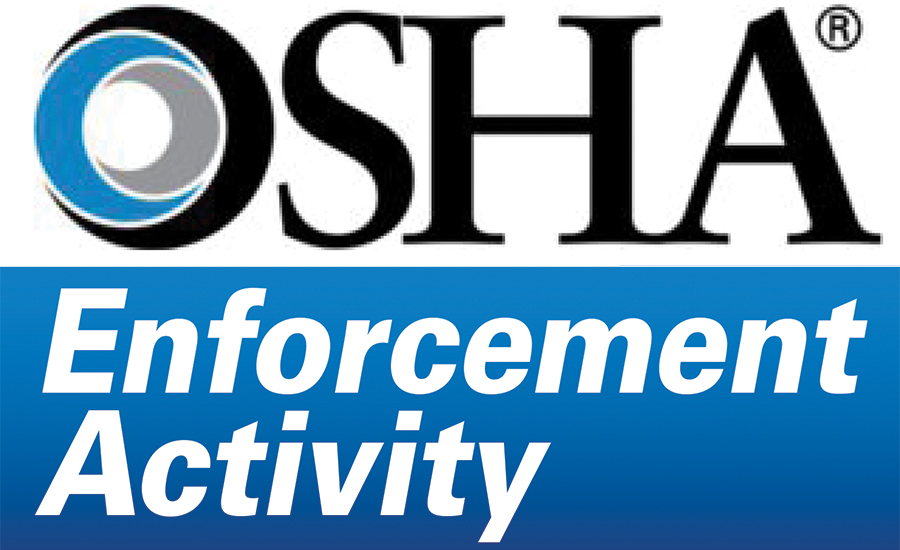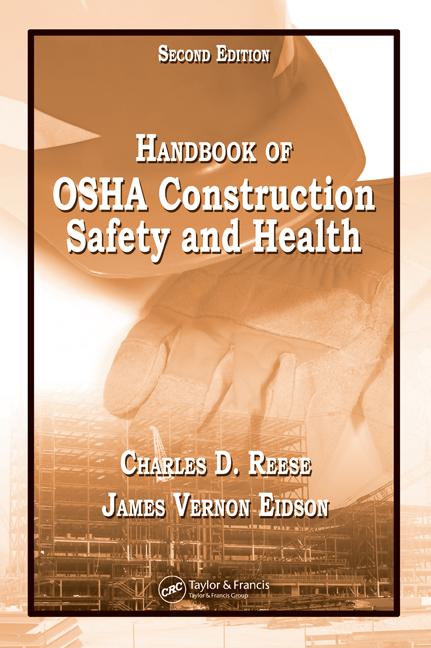Excerpted from an article originally published in the May, 1997 issue of ISHN
As lobbyists and attorneys filed into room N3437 A-D in the Department of Labor building, a small group huddled near the front row of seats. "OSHA’s always been on the chopping block trying to justify its performance," said an agency official. "Is OSHA effective? We’ve never been able to answer that question."
She was standing between Dan Petersen and E. Scott Geller, two renown safety theorists who had traveled to Washington this cold April morning to shed light on the subject of measuring safety performance. They were to address the National Advisory Committee on Occupational Safety and Health, which is trying to help OSHA come up with ways to measure what it does.
Petersen and Geller have given hundreds of presentations, but never together, and never to OSHA officials. They share another bond -- both possess little faith in OSHA. After 42 years in safety and penning 17 books, management consultant Petersen is not convinced that OSHA is needed. Compliance doesn’t get at the root of safety problems, he says.
Geller, a regular columnist for Industrial Safety & Hygiene News since 1990, draws standing-room-only crowds at conferences to hear him preach with missionary zeal on the psychology of safety -- how to get workers to, in his words, "actively care" for one another. Geller rarely mentions OSHA in his talks or articles, and when he does it’s often to use the agency as an example of outmoded "command and control" safety tactics.
Little impact
Petersen began the discussion by sketching the history of safety-related performance measures, noting with regret industry’s preoccupation with compliance starting in the 1970s. "Regulatory compliance has very little impact on safety effectiveness," he told the committee. “An organization’s culture dictates the effectiveness of safety elements."
Petersen, dressed in white shirt and tie, went on to explain the current use in industry of "leading upstream" indicators such as sampling the percentage of unsafe employee behaviors that eventually lead to accidents, and "downstream" measures like perception surveys that show what workers really think about a company’s safety effort.
"The problem is, so many managers are tied to accident numbers because OSHA requires them to," he said. "It’s a lousy measure. You’re measuring stuff over which you have damn little control."
Dr. Geller, wearing a casual sport shirt befitting a university professor (he teaches psychology at Virginia Tech) took the microphone and in his first 30 seconds proposed redefining OSHA and NIOSH’s historic roles. Make NIOSH the investigator and researcher; OSHA will be the disseminator and hold companies accountable for following along, he suggested. As it is now, "frankly OSHA is not seen as a helping organization," Geller said.
One of his consulting clients once greeted OSHA inspectors at the door with an invitation to come in and look around, only to be told that, "We’re here to write citations," Geller told the committee. He used the anecdote to stress one of his basic principles: "People are far more motivated to achieve than to avoid failure, like a fine." If that’s the mind-set OSHA has created, "we’ve got a problem." Perhaps moved by his visit to Washington, Geller ended his brief remarks by saying, "We need safety by the people, for the people, not for the government."
Petersen and Geller joked before the meeting that they weren’t theorists but terrorists, and committee members -- most of whom have spent their careers in the regulatory arena -- were quick to respond to their attacks. If the regulatory approach has failed, asked Peg Seminario, director of the AFL-CIO’s Safety and Health Department, why has mining -- the most heavily regulated industry for safety -- showed the best improvements? "From the public health standpoint, there is overwhelming evidence that regulations have made an enormous difference," said James Merchant, a physician and professor at the University of Iowa.
After the meeting Nancy Lessin, representing the Massachusetts Coalition for Occupational Safety and Health, walked up to Geller and told him, "The bottom line is, your behavior approach sees the worker as the problem. From a union perspective we see the worker as the solution."
Behavioral checklists are not for employees only, replied Geller. "They’re for managers, too. They should be done at all levels."
The meeting played out like a religious debate on CSPAN. No one budged from their beliefs. "If OSHA can just get management to listen to its employees, you’ll solve most of the safety problems," said Petersen to several committee members afterwards. "On that at least we agree," smiled Seminario. The committee went off to lunch, the two consultants left to catch planes, and the question still stands: How do you achieve and measure a safe workplace?



